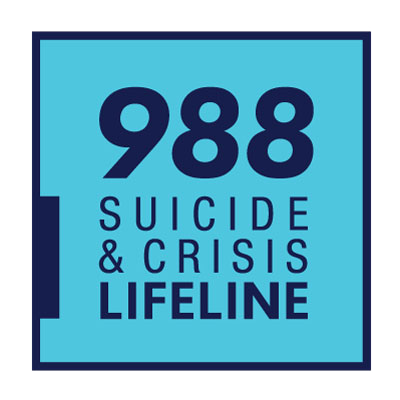Suicide is the second leading cause of death for youth and young adults in Kentucky. According to the Kentucky Youth Risk Behavior Survey, 15 percent of Kentucky high school students (1 in 7) reported having seriously considered suicide within a 12-month period. In addition, 17.4 percent of Kentucky middle school students (nearly 1 in 5) reported that they had seriously considered killing themselves at some point in their lives. However, experts say that suicide can be preventable. When educators, students and communities learn warning signs and how to take action when a young person might be at risk of a suicidal crisis, lives can be saved. Reference the National Suicide Prevention Month Flyer.

As part of the Kentucky AWARE Project funded by the U.S. Department of Health and Human Services SAMHSA, the Kentucky Department of Education is currently providing Youth Mental Health First Aid Training. Youth Mental Health First Aid teaches you how to identify, understand and respond to signs of mental illnesses and substance use disorders. This evidence-based 6-hour certification course gives adults who work with youth the skills they need to reach out and provide initial support to adolescents (ages 12-18) who may be in crisis or developing a mental health or substance use problem and help connect them to the appropriate care. Kentucky Department of Education is able to offer the course for free to school and community groups. Request more information by emailing ymhfainfo@education.ky.gov.
Kentucky Department for Behavioral Health, Developmental and Intellectual Disabilities
Kentucky Mental Health Providers
Kentucky's Website on Suicide Prevention
School Suicide Prevention Toolkit
Suicide Prevention and Awareness
American Foundation for Suicide Prevention
American Association of Suicidology
 As many as one third of the people in Kentucky, suffer devastating and long lasting emotional trauma when a family member, friend, co-worker, neighbor or classmate dies as a result of suicide.
As many as one third of the people in Kentucky, suffer devastating and long lasting emotional trauma when a family member, friend, co-worker, neighbor or classmate dies as a result of suicide.
This is not just a Kentucky problem, but a national one. Each year nearly 30,000 people in the United States die by suicide. The devastated family and friends they leave behind are known as “survivors.” There are millions of survivors who are trying to cope with this heartbreaking loss.
Survivors often experience a wide range of grief reactions, including some or all of the following:
These feelings usually diminish over time, as you develop your ability to cope and begin to heal.
Just as people can die of heart disease or cancer, people can die as a consequence of mental illness. Ninety percent of all people who die by suicide have a diagnosable psychiatric disorder at the time of their death (most often depression or bipolar disorder).
Suicide is almost always complicated, resulting from a combination of painful suffering, desperate hopelessness, and underlying psychiatric illness.
Kentucky's Just in Time Training is a web based service program designed to connect foster parents, kinship or other caregivers with training, peer experts and other resources. Questions are answered and practical solutions to care for children are discussed - all from the comfort of your home or office.
If you have difficulty accessing any material on this site, please contact us in writing and we will work with you to make the information available. You can direct your request to JITSupport@USF.edu.
Hotline Number: 1-877-597-2331